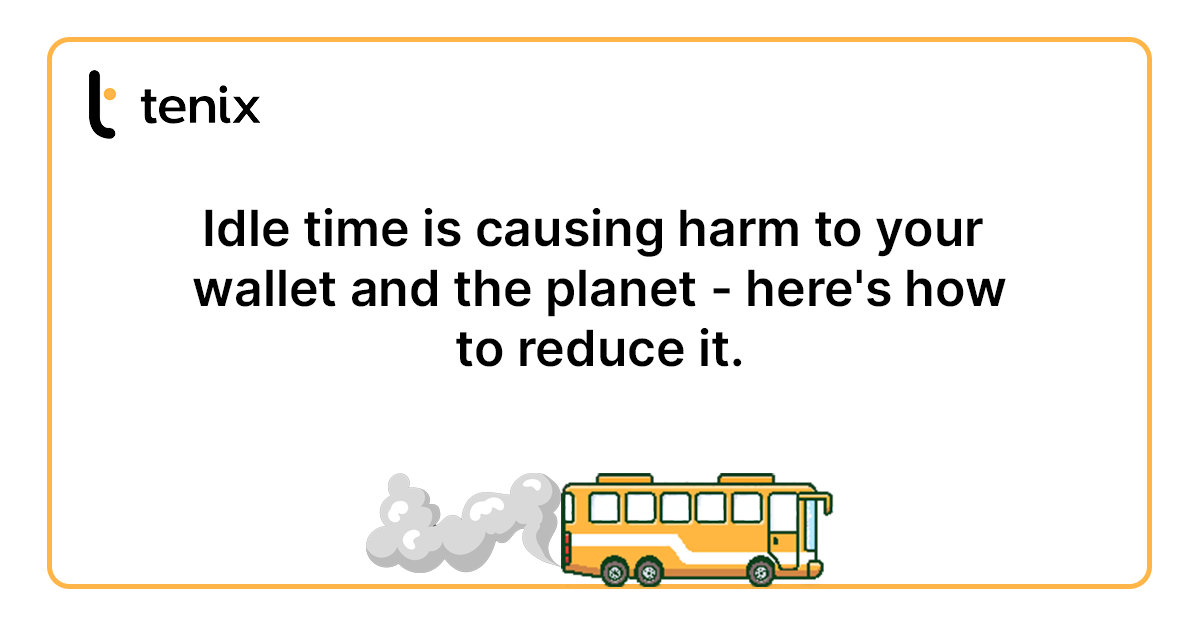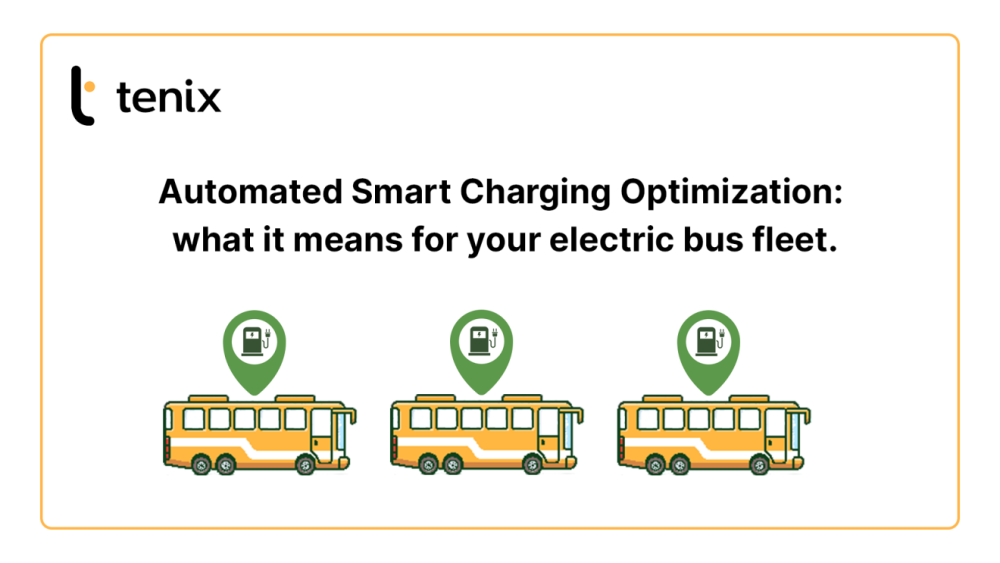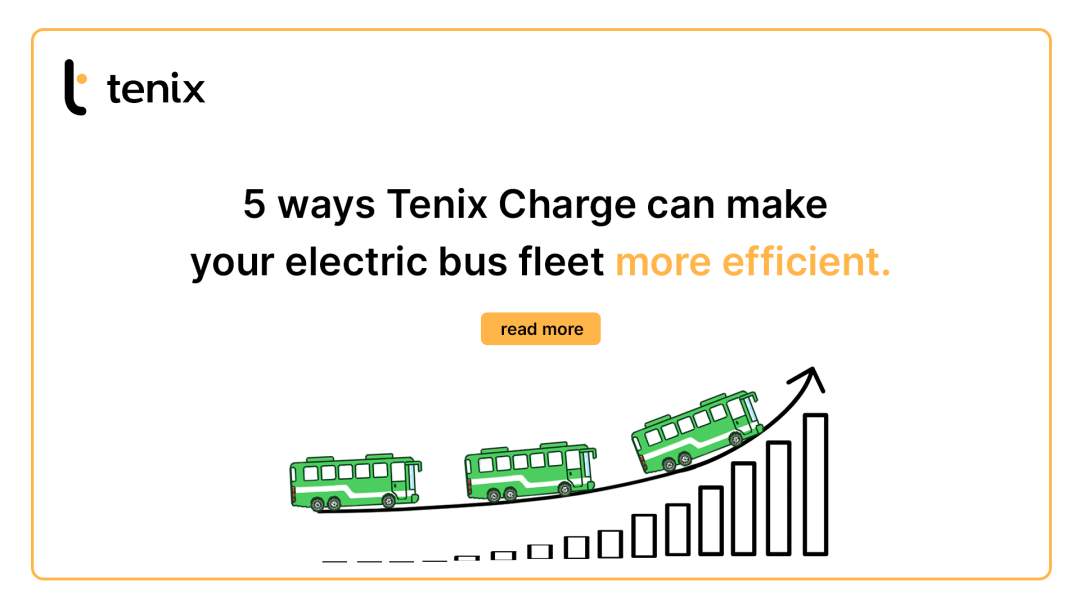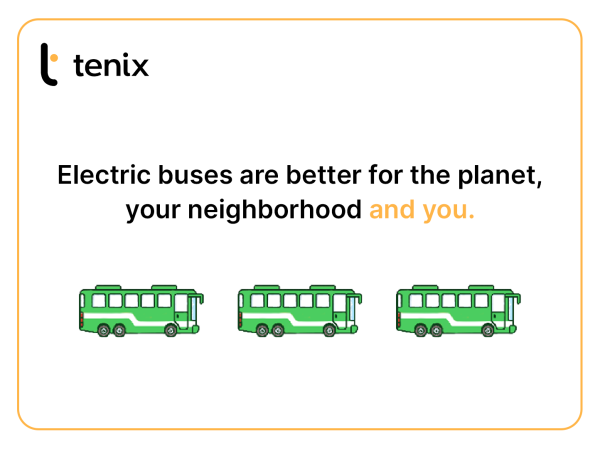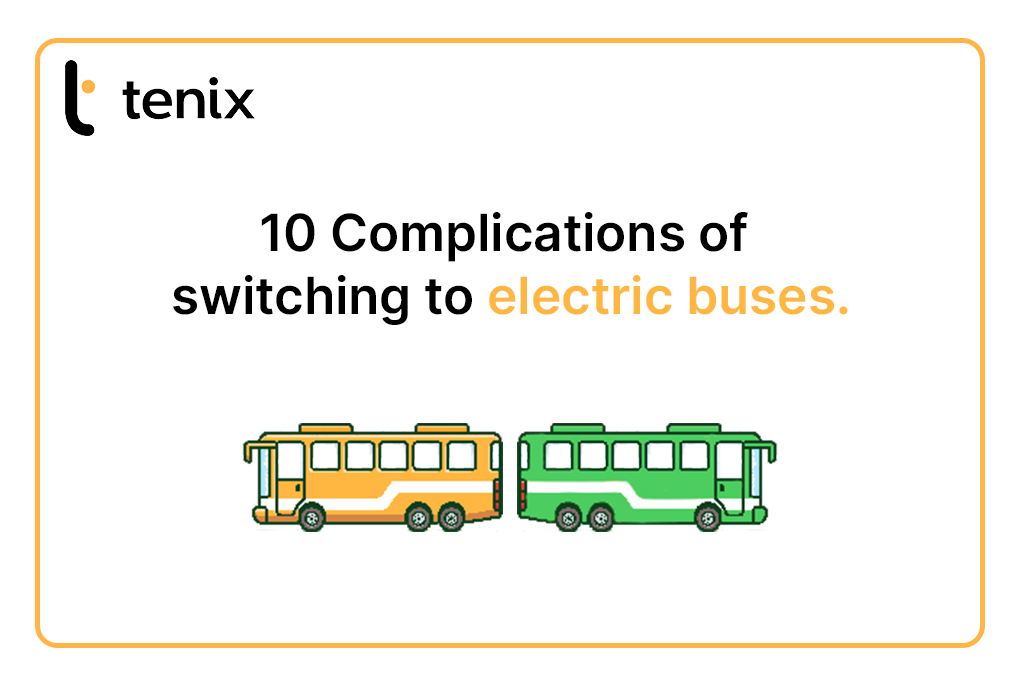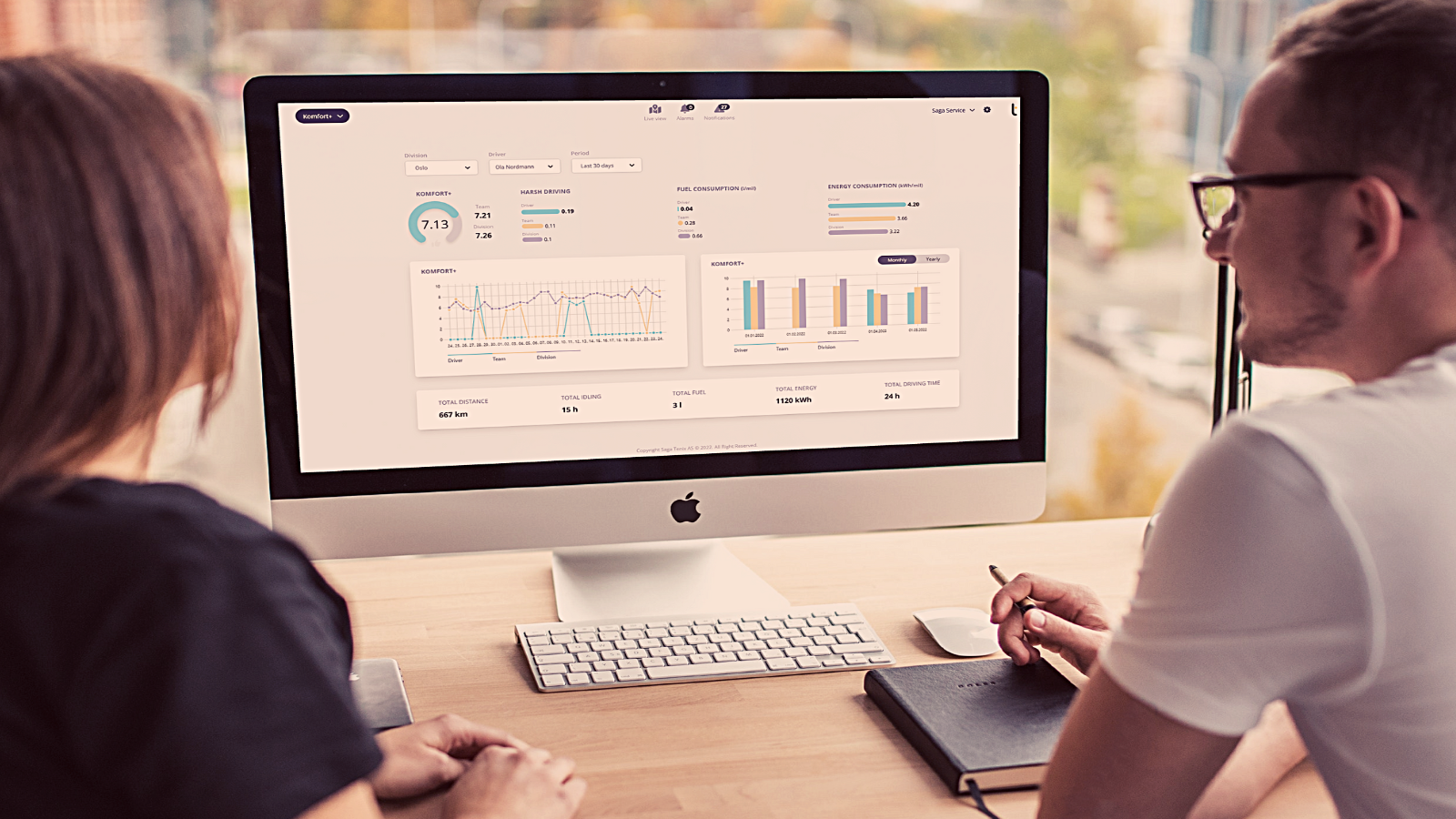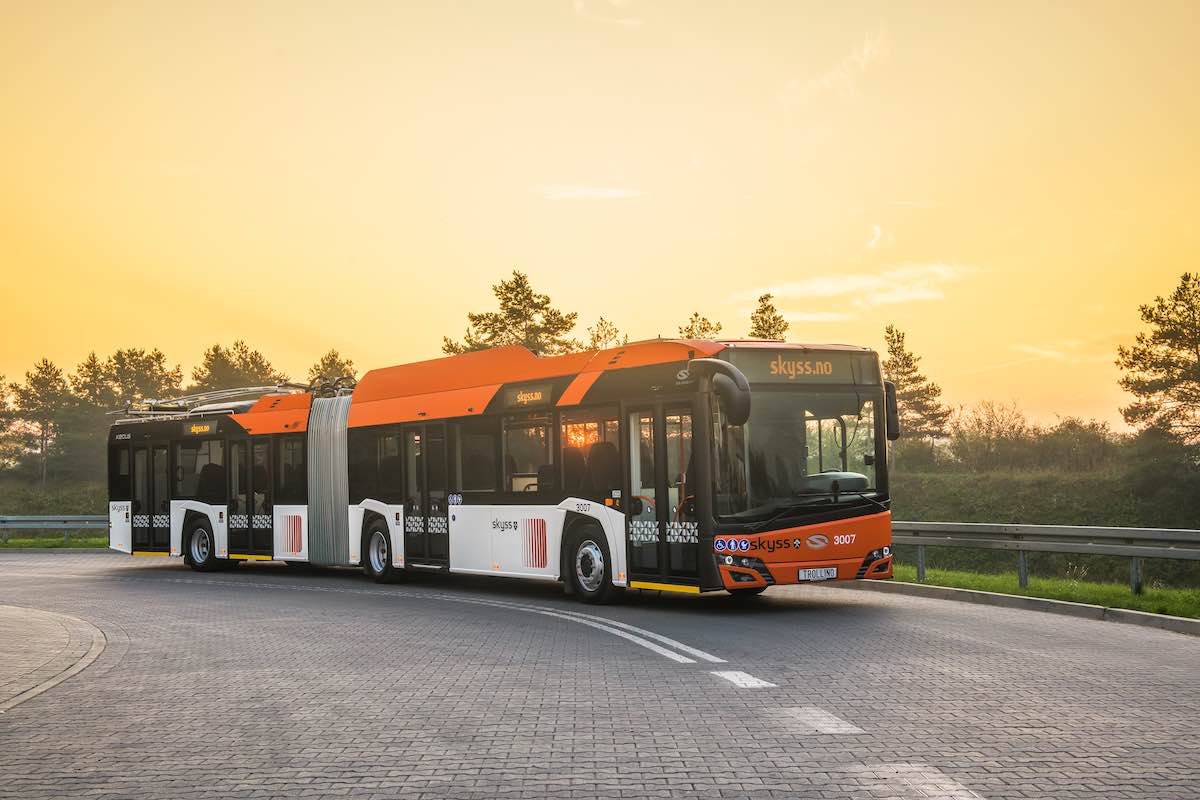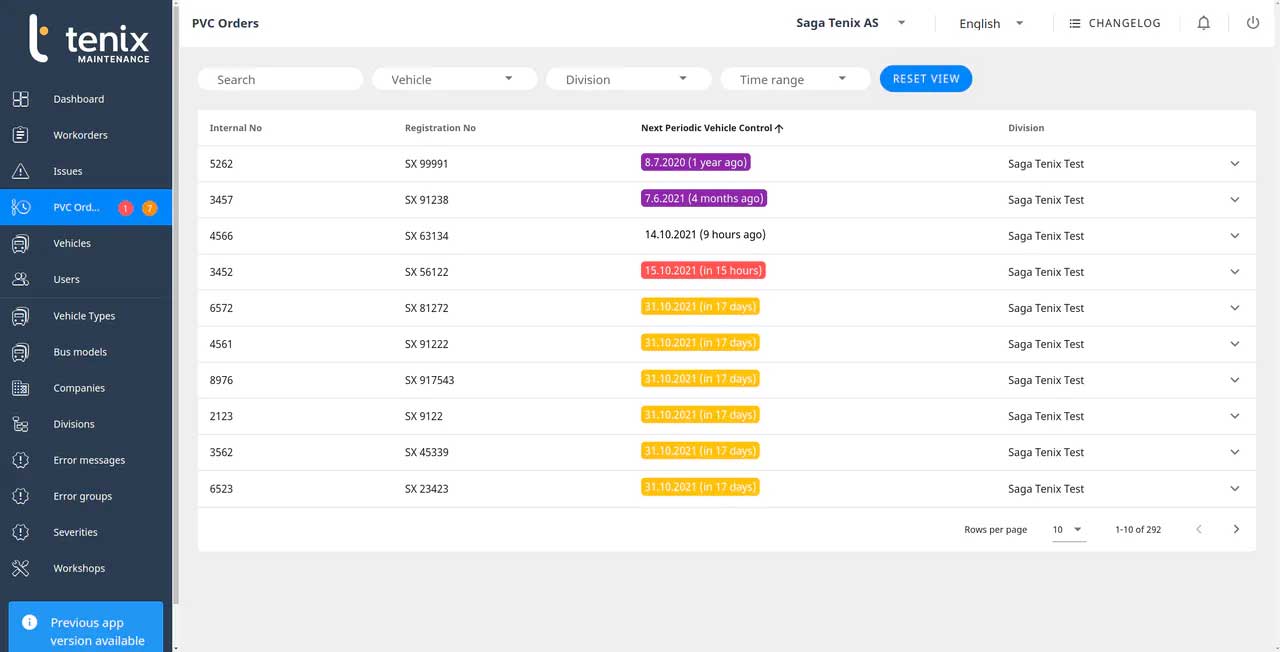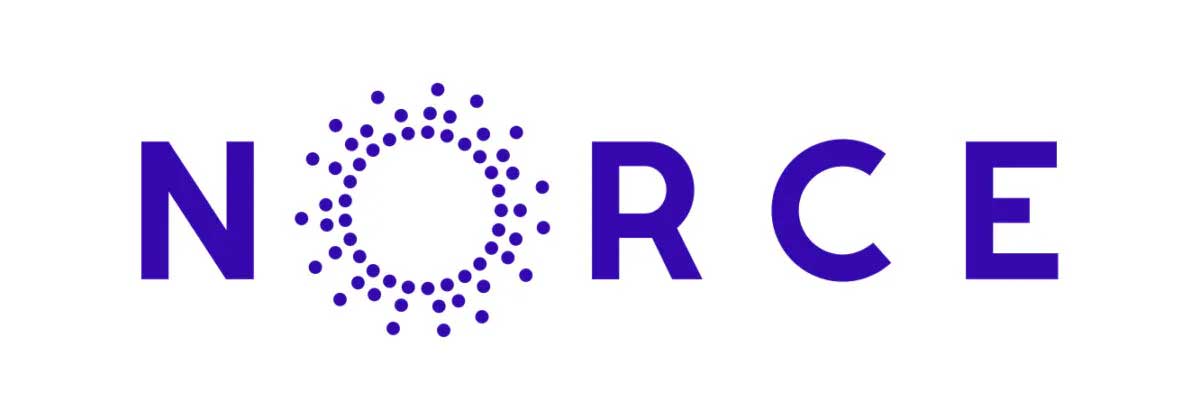For bus drivers and HGV drivers, tachographs are very familiar devices.
Recording the driver’s activity on every trip, a tachograph provides valuable data and insights for both public transport and HGV companies, as well as road inspection services.
What is a tachograph?
A tachograph is a device for recording the activity of a vehicle’s driver. Installed inside the vehicle, the tachograph continuously records speed, distance, driving and rest time. The purpose of a tachograph is to prevent driver’s fatigue and ensure safety on the road.

The two types of tachograph
Analogue
Analogue tachographs are the traditional, non-digital version of the device. All tachographs prior to 2006 were analogue.
The analogue tachograph uses a stylus to trace lines on a wax coated paper disc that rotates throughout the day. One rotation represents a 24 hour period.
If the driver doesn’t remove the disc within 24 hours, a second trace will overwrite the first one, making it illegible.
Analogue tachographs provide valuable insights and data, but since drivers complete them manually, they are prone to human error.
Such errors could be:
- forgetting to record a rest period,
- making mistakes when filling in the paper chart
- not entering the source disc.
In addition to these downsides, imperfections on the source disc can also lead to incorrect trace marks on the disc’s wax surface.
Digital
The digital tachograph has largely replaced analogue tachographs, as they include enhanced features and involve much less manual work.
The digital tachograph automatically records driving time, rest periods, speed, and distance.
Digital tachographs offer enhanced data security and tamper detection features, detecting and recording any attempts to manipulate the data.
Due to EU regulations, and analogue tachographs breaking down, most companies have adopted digital tachographs, more specifically smart tachographs. Smart tachographs automatically record the vehicle’s position via GPS at the start and end of the daily work period and every three hours during driving.
To operate a digital tachograph, a driver inserts their driver card into the device before they start/finish driving.
Tachograph regulations in the EU
Buses and HGVs (predominantly) must have tachographs installed and use them when driving in the EU. Tachographs have been mandatory since 1985 in the EEC (which became the EU).
In 2014, new regulations introduced the requirement that ‘smart tachographs’ must be used.
At least once every 28 days, companies must download data from the tachographs.
For drivers recording the data with extended cards (for long, international trips), they must download the data at least once every 90 days.
Over the next few years, buses and HGVs will be transitioning to a smart tachograph version 2. Read about it here.
Tenix tachograph download
Considering transport companies need to download tachograph data at least once every 28 days, automating this download and ensuring easy data access becomes important.
Tenix bus customers with tachograph download have their tachograph data automatically downloaded and transferred to integrated external systems, making it accessible to them and inspection authorities.





